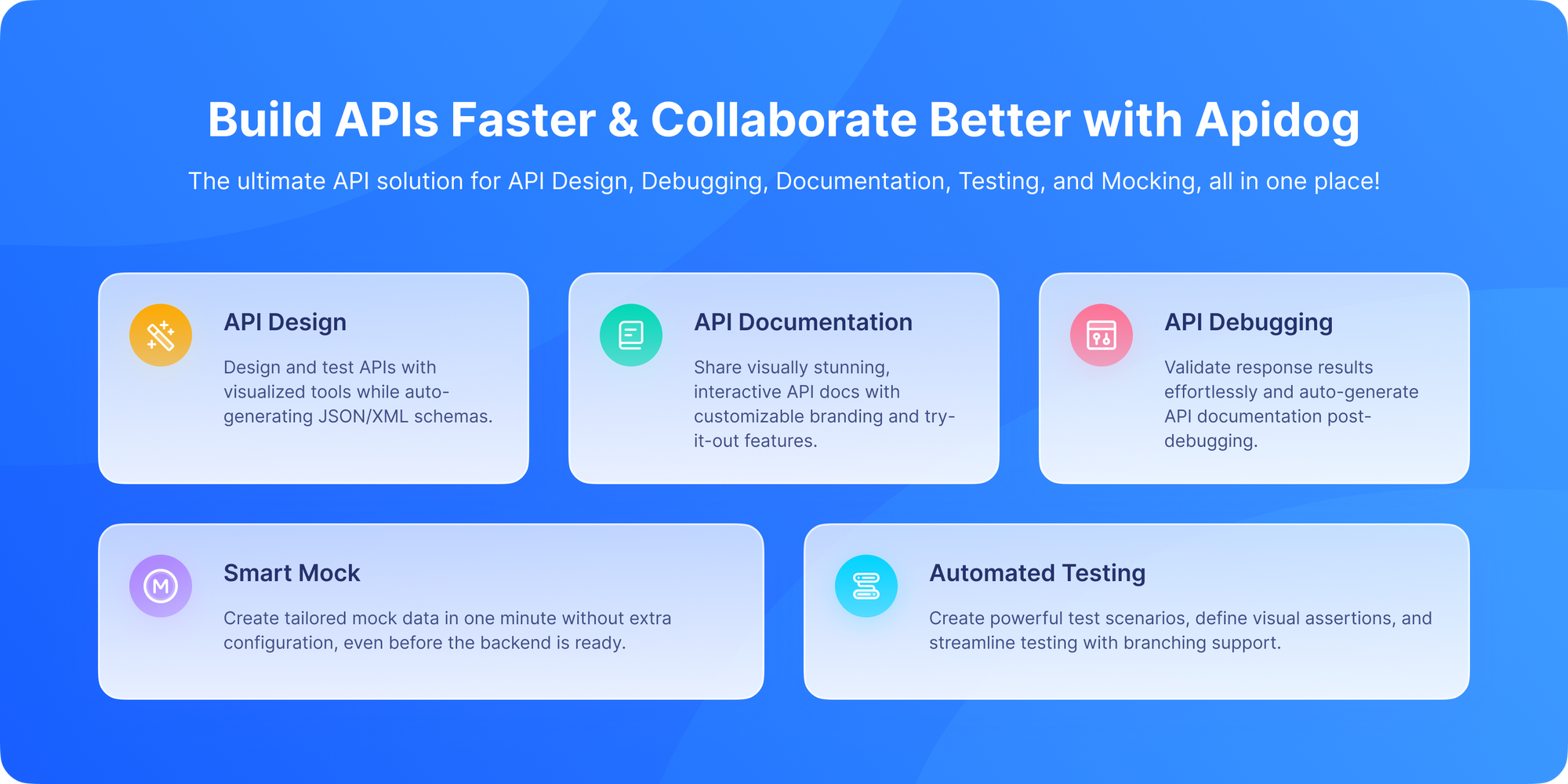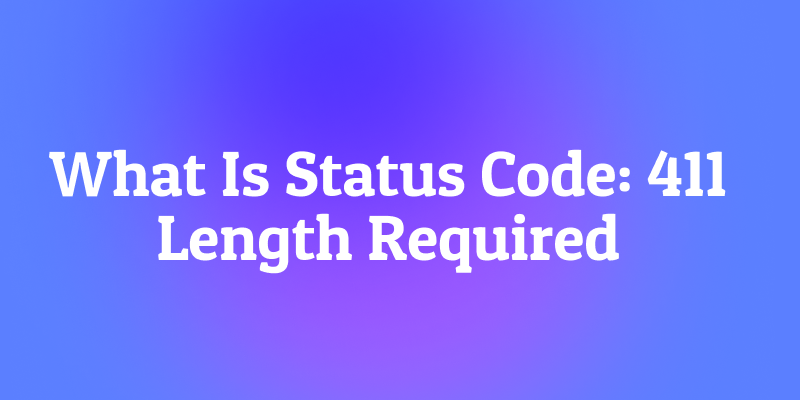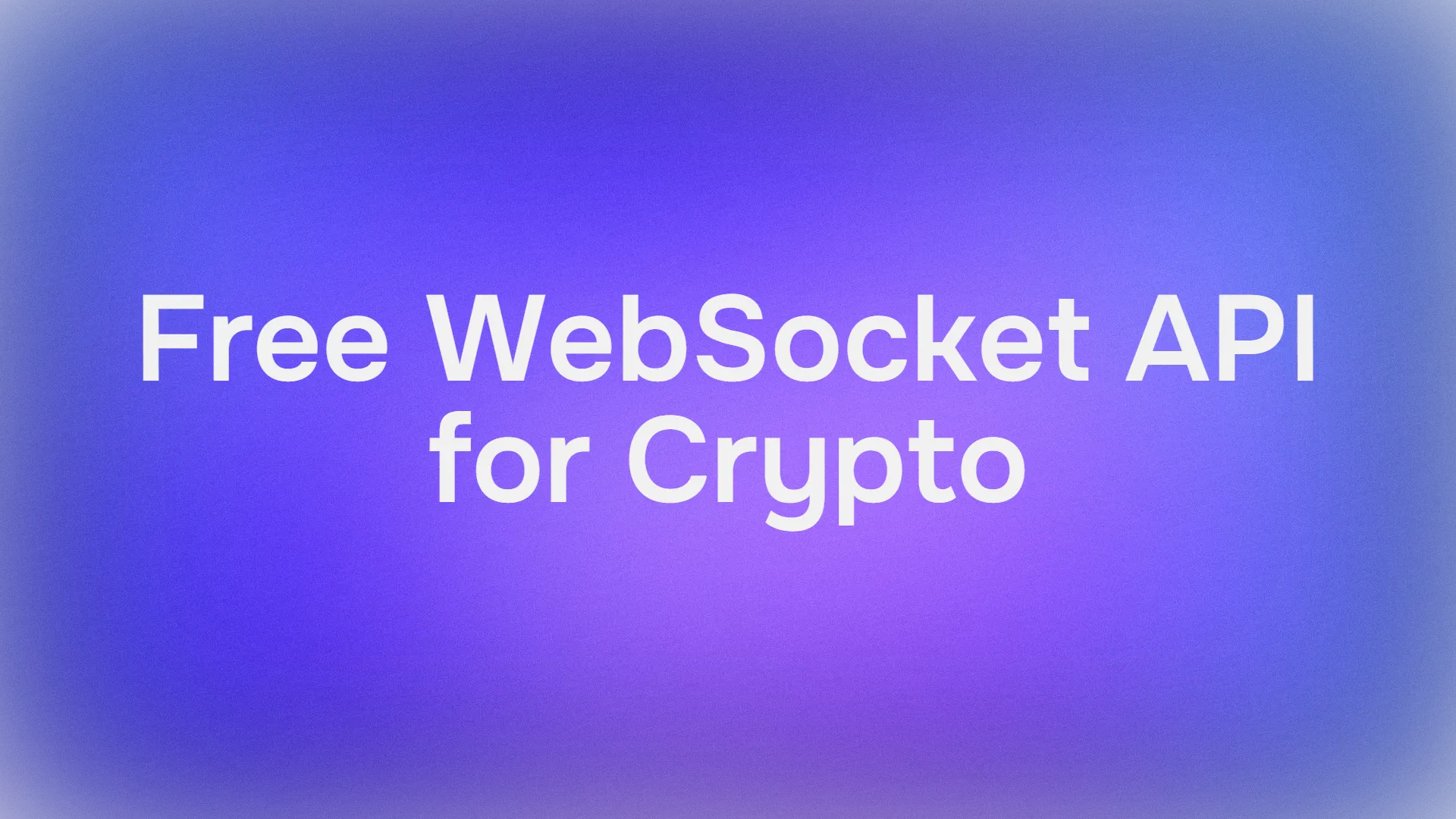You're trying to upload a file to a website. You select the file, click "Upload," and instead of seeing a progress bar, you get a cryptic error message: "411 Length Required." What does that even mean? Is your file too big? Too small? The error message isn't very helpful, but it points to a very specific requirement that wasn't met.
This frustrating experience introduces you to one of HTTP's more precise and security-focused status codes: 411 Length Required.
Unlike broader error codes like 400 Bad Request, the 411 is incredibly specific. It's the server's way of saying, "I understand you're trying to send me data, but you forgot to tell me how much data you're sending. I need that information before I'll accept anything."
It's the digital equivalent of a shipping warehouse requiring you to declare the weight and dimensions of a package before they'll even open their doors to receive it. They need to know what they're dealing with for security and operational reasons.
In this detailed blog post, we'll break down the HTTP 411 Length Required status code what it means, why it happens, and how both developers and users can handle it effectively. Along the way, we'll shed light on related HTTP concepts and best practices to avoid common pitfalls.
If you're a developer working with file uploads, API integrations, or any application that sends data to servers, understanding the 411 status code can save you from confusing debugging sessions.
411 Length Required. To make debugging easier, try Apidog, a free, all-in-one API platform that helps you design, test, and monitor APIs effortlessly. You can simulate requests, set headers (like Content-Length), and instantly see how servers respond. Perfect for diagnosing issues like 411 errors!Now, let's explore why servers care so much about content length and how to fix this specific error.
The Problem: Why Servers Need to Know the Size
To understand why 411 exists, we need to think about how HTTP handles data transmission. When a client sends data to a server (like in a POST or PUT request), the server needs to know when the transmission is complete. There are two main ways it can figure this out:
- Content-Length Header: The client explicitly states, "I'm sending exactly X bytes of data."
- Chunked Transfer Encoding: The client says, "I'm sending the data in pieces, and I'll tell you when I'm done."
The 411 Length Required error occurs when a server requires the first method the Content-Length header but the client doesn't provide it.
But why would a server be so strict about this? There are several good reasons:
Security and Resource Management
Knowing the content length in advance helps servers:
- Prevent Denial-of-Service (DoS) attacks: By rejecting extremely large payloads upfront
- Allocate resources efficiently: The server can prepare the right amount of memory and storage
- Set reasonable limits: Enforce upload size restrictions consistently
Protocol Compliance
Some servers, particularly older ones or those with specific security configurations, strictly follow the HTTP specification, which states that certain types of requests should include a Content-Length header when they have a body.
What Does HTTP 411 Length Required Actually Mean?
The 411 Length Required status code indicates that the server refuses to accept the request without a defined Content-Length header. The client must add this header to the request that specifies the length of the message body in bytes.
A typical 411 response looks like this:
HTTP/1.1 411 Length RequiredContent-Type: text/htmlContent-Length: 147
<html><head><title>411 Length Required</title></head><body><center><h1>411 Length Required</h1></center></body></html>
For APIs, you might see a more helpful JSON response:
HTTP/1.1 411 Length RequiredContent-Type: application/json
{
"error": "length_required",
"message": "Content-Length header is required for this endpoint",
"code": 411
}
The Official Definition (RFC 7231)
According to the RFC documentation:
“The 411 (Length Required) status code indicates that the server refuses to accept the request without a defined Content-Length. The client MAY repeat the request if it adds a valid Content-Length header field containing the length of the message body in the request message.”
In short:
- If your request includes a body (like a POST or PUT), you need to specify how large it is.
- Without that
Content-Length, the server has every right to reject it with a 411 error.
The Anatomy of the Content-Length Header
The Content-Length header is straightforward but crucial. It's a decimal number indicating the number of bytes in the request body.
Examples:
- A simple JSON payload:
Content-Length: 45 - A small file upload:
Content-Length: 1048576(1 MB) - A form submission:
Content-Length: 248
The header must represent the exact number of bytes in the body—not characters, not words, but bytes. This is important because multi-byte characters (like emojis or non-English text) take up more than one byte.
Why Does 411 Length Required Exist?
From a network perspective, knowing the Content-Length allows the server to understand exactly how much data to expect. Without this, it might wait indefinitely for data that never arrives or misinterpret the request’s boundaries.
Some reasons 411 is important include:
- Preventing hanging connections due to unknown request size.
- Ensuring proper request parsing and message framing.
- Enhancing efficiency by letting servers allocate resources properly.
What Does a 411 Response Look Like?
A typical 411 response might look like this:
textHTTP/1.1 411 Length Required Content-Type: text/html Content-Length: 123
<html> <head><title>411 Length Required</title></head> <body> <h1>Length Required</h1> <p>Your request did not include the Content-Length header.</p> </body> </html>The server often includes a helpful message to guide the client.
When You're Most Likely to Encounter 411 Errors
1. File Uploads Without Proper Headers
This is the most common scenario. If you're building a file upload feature and your code doesn't set the Content-Length header, you might encounter a 411 from certain servers.
2. API Requests with Bodies
When sending POST, PUT, or PATCH requests with JSON or XML data, some API servers require the Content-Length header to be present.
3. Custom HTTP Clients
If you're writing low-level HTTP code without using a well-established library, you might forget to include the Content-Length header, leading to 411 errors.
4. Proxy Servers and Security Gateways
Some network infrastructure components (like security proxies or API gateways) might be configured to require Content-Length headers as a security measure.
When Does the 411 Length Required Error Occur?
This error pops up in a few specific scenarios, usually when sending data to the server. Let’s explore some of the most common ones.
1. Missing Content-Length in POST or PUT Requests
If you’re sending a POST or PUT request that contains a body (like JSON, form data, or XML) but forget to include the Content-Length header, the server can’t determine how much data to read.
Example:
POST /api/upload HTTP/1.1
Host: example.com
Content-Type: application/json
{
"username": "john_doe"
}
If the server expects a Content-Length header and doesn’t find it, it will respond with:
HTTP/1.1 411 Length Required
Content-Type: text/html
2. Chunked Transfer Encoding Disabled
In some cases, the client might use chunked transfer encoding, where data is sent in segments rather than all at once.
If the server doesn’t support or accept chunked encoding, it will require a fixed Content-Length and thus return a 411 error when it’s missing.
3. Proxies or Gateways Stripping Headers
Sometimes, a proxy or gateway in your network might accidentally remove headers like Content-Length.
For example, if you’re using a load balancer, caching service, or reverse proxy, it could be altering your request headers causing a 411 response from the backend server.
4. Improper Client Configuration
Custom-built clients (like scripts using fetch, curl, or Axios) may forget to include a Content-Length header when sending data. This often happens when manually crafting HTTP requests.
5. Server Misconfiguration
In rare cases, the server itself might be too strict or misconfigured, requiring a Content-Length even for requests that don’t technically need one (like GET requests).
When Do Servers Return 411 Length Required?
Servers typically return 411 on requests that:
- Include a message body (like POST or PUT)
- Omit the Content-Length header
Note that if a request uses chunked transfer encoding (via Transfer-Encoding: chunked), the Content-Length header is not required.
How to Fix a 411 Length Required Error
The solution is straightforward: add the correct Content-Length header to your request. Here's how to do it in various scenarios:
In Modern Programming Languages
Most HTTP libraries automatically calculate and add the Content-Length header for you. However, if you're working at a lower level or with custom clients, you might need to handle it manually.
Python Example:
import requests
import json
data = {"name": "John", "email": "john@example.com"}
json_data = json.dumps(data)
# Most libraries handle this automatically
response = requests.post(
'<https://api.example.com/users>',
json=data # requests automatically sets Content-Length
)
# Manual approach if needed
headers = {
'Content-Type': 'application/json',
'Content-Length': str(len(json_data))
}
response = requests.post(
'<https://api.example.com/users>',
data=json_data,
headers=headers
)
JavaScript Example:
// Fetch API automatically handles Content-Length
const data = { name: "John", email: "john@example.com" };
const response = await fetch('<https://api.example.com/users>', {
method: 'POST',
headers: {
'Content-Type': 'application/json',
},
body: JSON.stringify(data)
});
The Alternative: Chunked Transfer Encoding
Instead of using Content-Length, you can use Transfer-Encoding: chunked. This tells the server you'll be sending the data in pieces, with each piece prefixed by its size. The server will know the transmission is complete when it receives a zero-length chunk.
However, not all servers support chunked encoding, which is why you might still encounter 411 errors even when using this method.
Why Do Some HTTP Libraries Omit Content-Length?
In some environments or libraries, Content-Length might be omitted due to:
- Asynchronous or streaming requests where length is unknown upfront.
- Misconfiguration or bugs.
- Default behavior expecting chunked transfer encoding.
Understanding your HTTP client’s behavior is crucial to prevent 411.
Common Use Cases for Enforcing Content-Length
Why do servers even care about this header? Isn’t it overkill? Not really. Here’s why it matters.
1. Preventing Resource Exhaustion
If a server doesn’t know how much data is coming, it might keep waiting indefinitely wasting memory and bandwidth. The Content-Length header protects against such denial-of-service (DoS) risks.
2. Ensuring Data Integrity
Knowing the exact content size helps verify whether the complete body was received. Missing bytes can indicate corruption during transmission.
3. Efficient Resource Management
When the server knows request size upfront, it can allocate the right amount of memory or disk space efficiently especially useful for APIs handling file uploads or binary data.
4. Security Reasons
Omitting the Content-Length header can sometimes be exploited by attackers sending incomplete or malformed payloads. Servers enforce 411 to maintain strict input validation.
Best Practices for Developers
- Ensure your client libraries set Content-Length properly for requests with bodies.
- Support chunked transfer encoding for dynamic or streamed content.
- Validate outgoing requests in tests to detect missing headers.
- Use tools like Apidog to simulate and analyze requests with or without Content-Length.
- Implement meaningful error handling and user feedback mechanisms around 411 responses.
Testing and Debugging with Apidog

Getting headers right can be tricky, especially when you're dealing with multiple endpoints that have different requirements. Apidog makes this process much easier.
With Apidog, you can:
- Automate Header Management: Apidog automatically calculates and adds the
Content-Lengthheader when you provide a request body, preventing411errors before they happen. - Test Different Scenarios: Easily test what happens when you intentionally omit the
Content-Lengthheader to see if your server properly returns a411error. - Debug Complex APIs: When working with APIs that have strict header requirements, Apidog helps you ensure all necessary headers are present and correctly formatted.
- Validate Server Responses: Test that your server correctly returns
411status codes when clients forget required headers.
This proactive approach to header management can save you significant debugging time. This means no more guesswork when it comes to headers, just fast, accurate testing every time. Download Apidog for free to gain deeper insights into HTTP behaviors like 411.
411 vs. Other Client Errors
It's helpful to understand how 411 fits into the larger family of 4xx status codes:
400 Bad Request: A general-purpose error for malformed requests411 Length Required: Very specific - missingContent-Lengthheader413 Payload Too Large: TheContent-Lengthis present, but the value is too big414 URI Too Long: Similar concept, but for URL length instead of body length
Best Practices for Developers
For Server Developers:
- Provide clear error messages in the response body explaining exactly what's missing
- Consider being more flexible - while requiring
Content-Lengthhas security benefits, supportingTransfer-Encoding: chunkedcan improve compatibility - Document your requirements clearly so API consumers know which headers are mandatory
For Client Developers:
- Use established HTTP libraries that handle header management automatically
- Test your requests against the target server to ensure all requirements are met
- Implement proper error handling for
411responses with clear user-facing messages
Real-World Example: File Upload Fix
Let's walk through fixing a common 411 scenario:
The Broken Request:
POST /upload HTTP/1.1Host: api.example.comContent-Type: image/jpeg
[binary image data]
The Fixed Request:
POST /upload HTTP/1.1Host: api.example.comContent-Type: image/jpegContent-Length: 452198
[binary image data]
The only difference is adding Content-Length: 452198, but that small addition makes the request compliant with servers that require this header.
The Role of 411 in Modern Web Applications
While modern HTTP clients often handle Content-Length automatically, knowing about 411 is essential in:
- Building reliable custom HTTP clients.
- Designing APIs handling streaming uploads.
- Diagnosing connectivity or proxy issues that might interfere with headers.
- Interpreting unusual server responses during debugging.
Common Misconceptions About 411
Let’s bust a few myths:
❌ “411 means the server is down.”
Nope. It just means your request is missing size information.
❌ “GET requests can trigger 411.”
Rarely. Only POST, PUT, and PATCH (requests with a body) are usually affected.
❌ “You can ignore 411 and retry.”
Retrying won’t help unless you fix the header issue.
Conclusion: The Importance of Being Specific
The HTTP 411 Length Required status code might seem pedantic, but it serves important purposes in web security and protocol compliance. By requiring clients to declare the size of their payloads upfront, servers can better protect themselves from abuse and manage resources efficiently.
It’s not an error you should fear it’s one you can fix in minutes by adding the right header or adjusting client behavior.
For developers, encountering a 411 error is usually a quick fix just add the missing Content-Length header. The real challenge is understanding why the header was missing in the first place and ensuring your HTTP client code handles this requirement consistently.
As you build and test applications that communicate with servers, remember that small details like header management can make the difference between a smooth user experience and frustrating errors. And when you need to ensure your requests are perfectly formatted, a tool like Apidog provides the guidance and automation needed to get the details right every time. Apidog empowers you with testing, debugging, and documentation tools tailored for web developers and API professionals.



